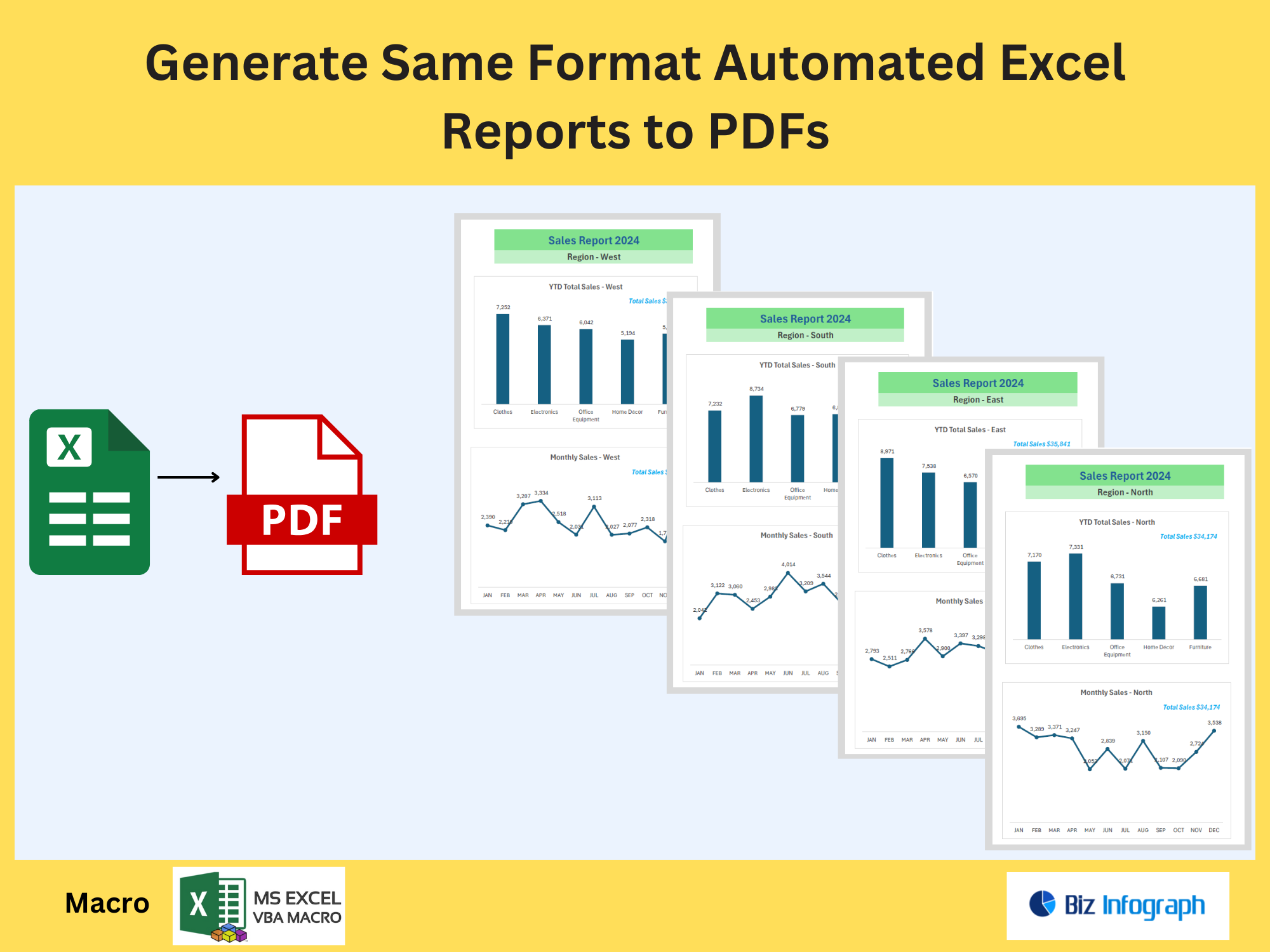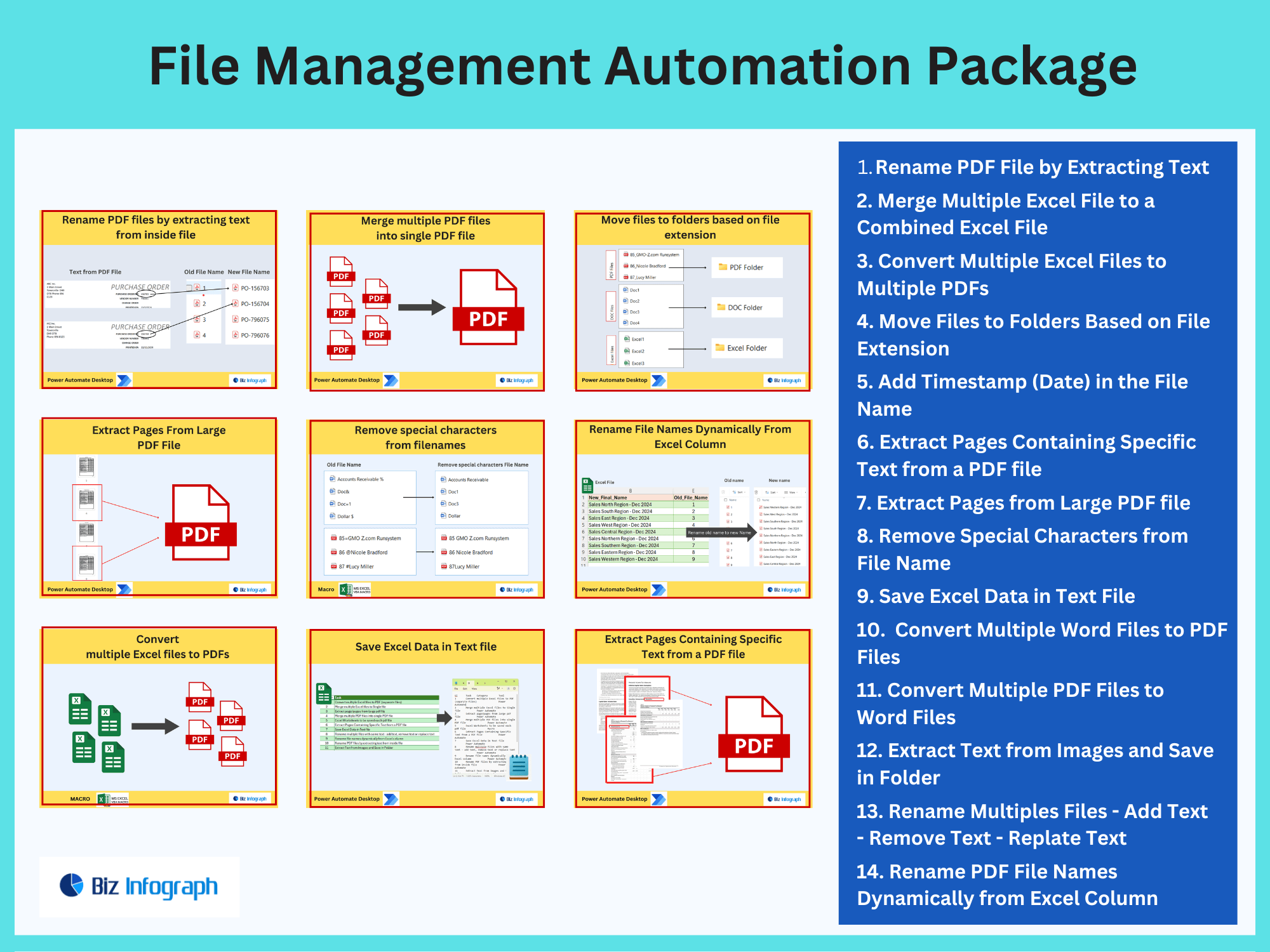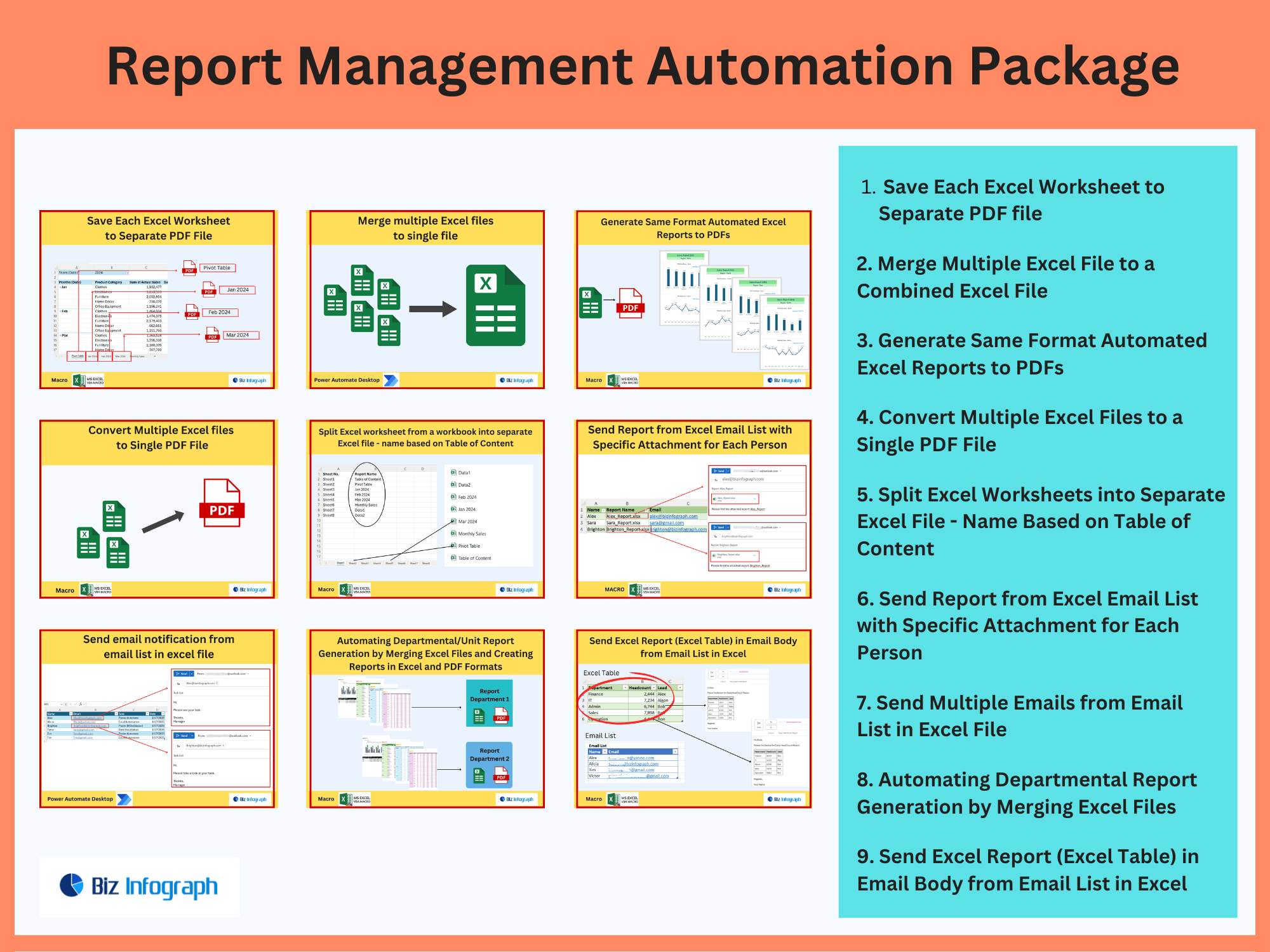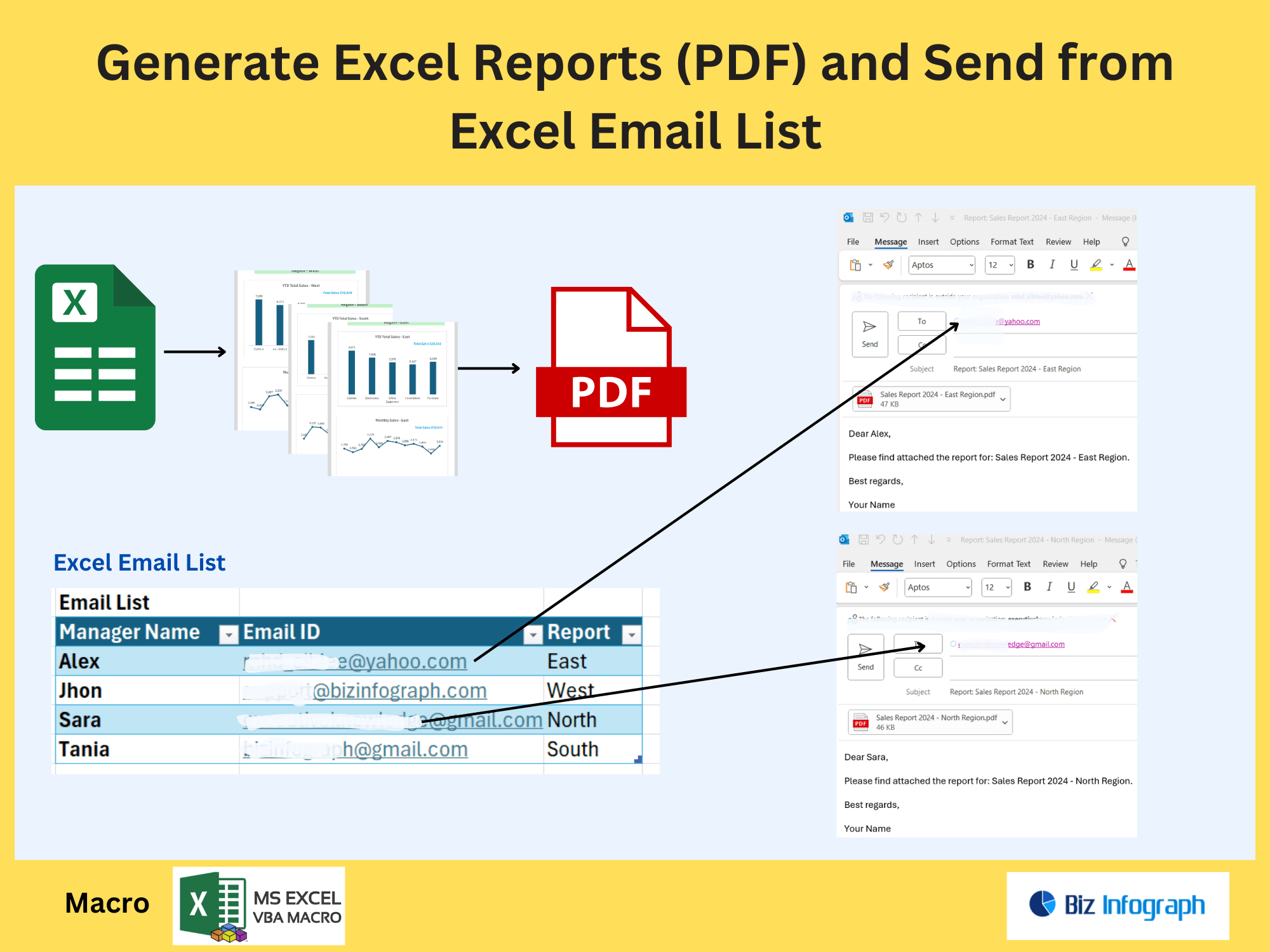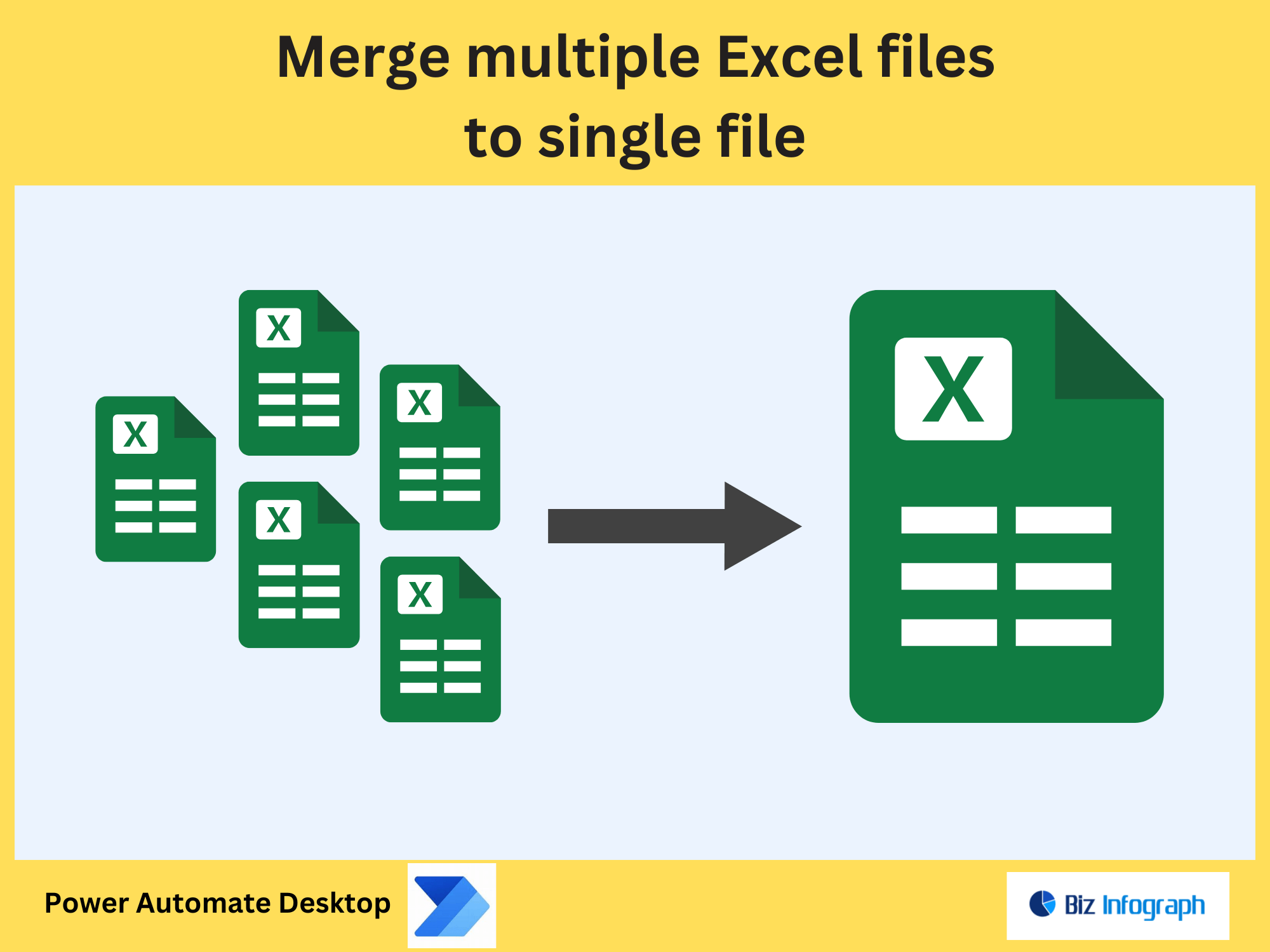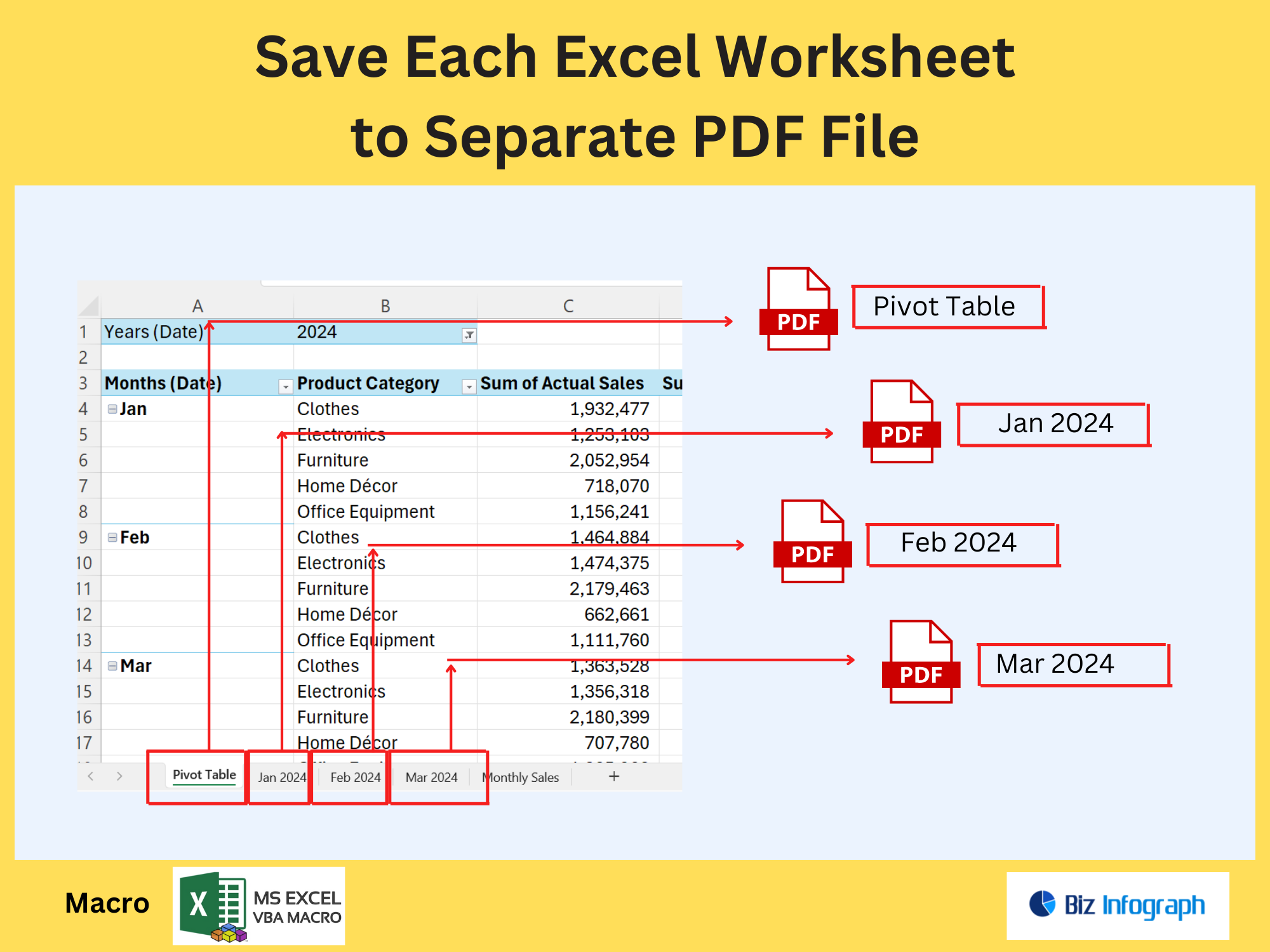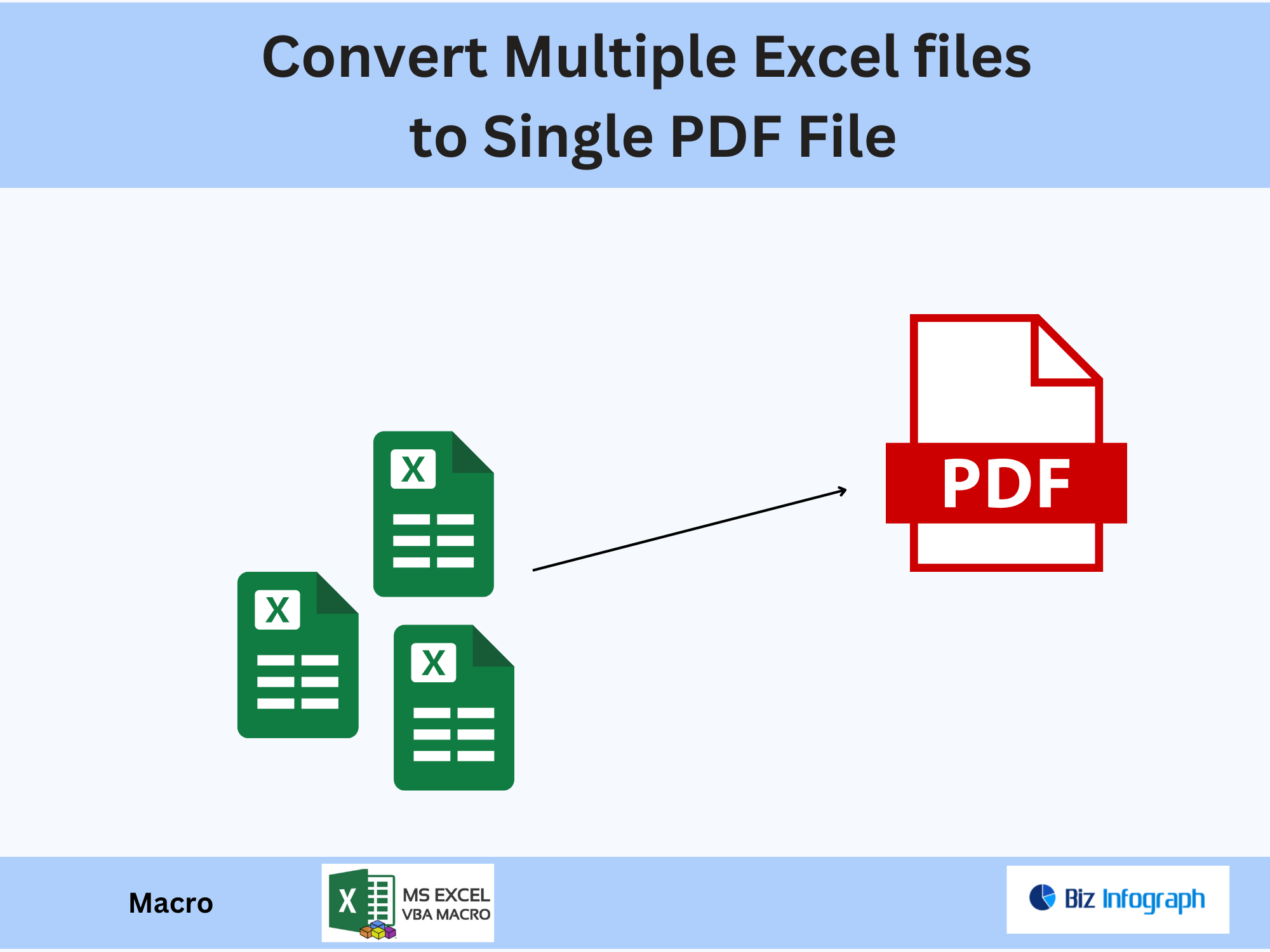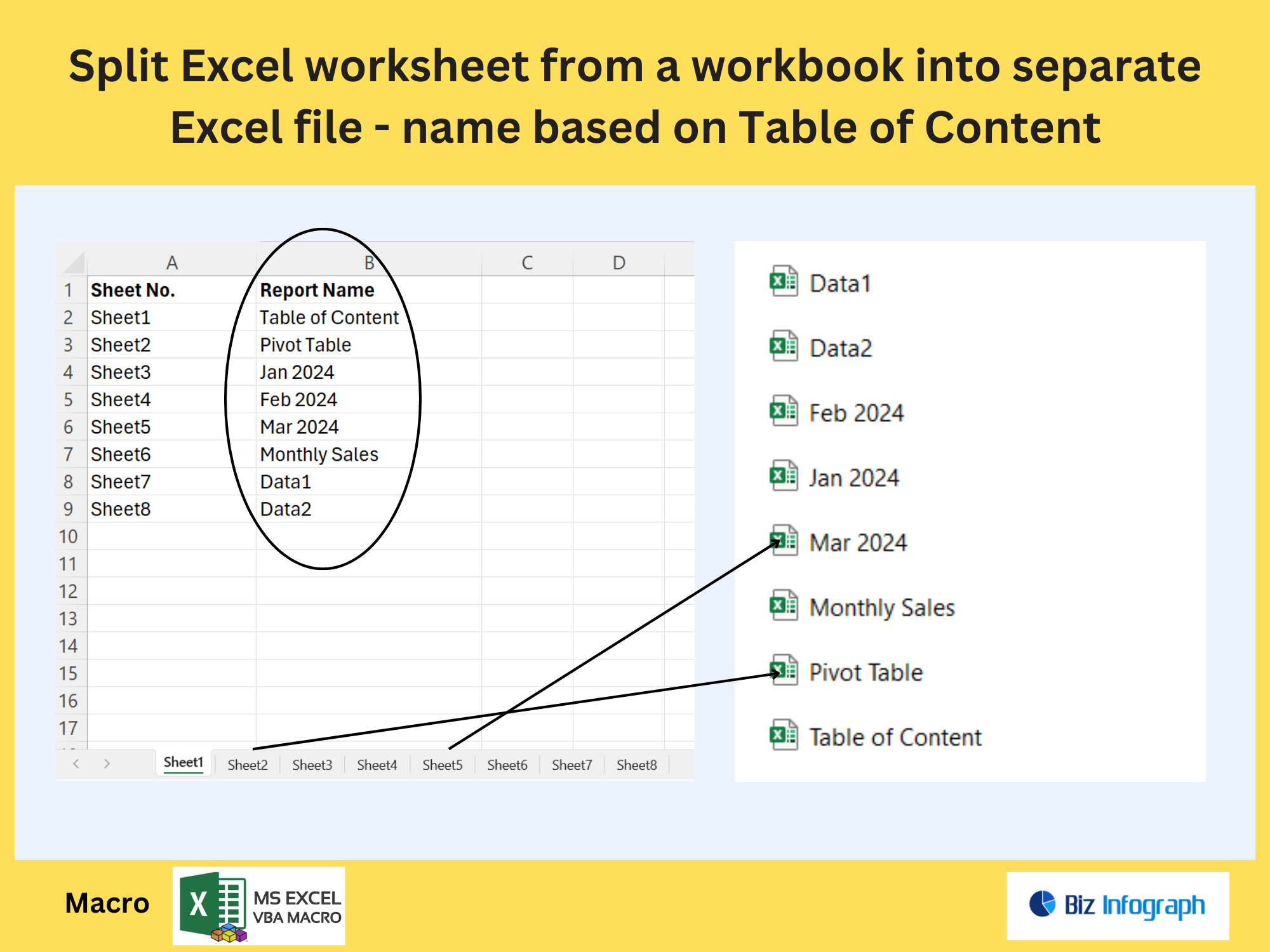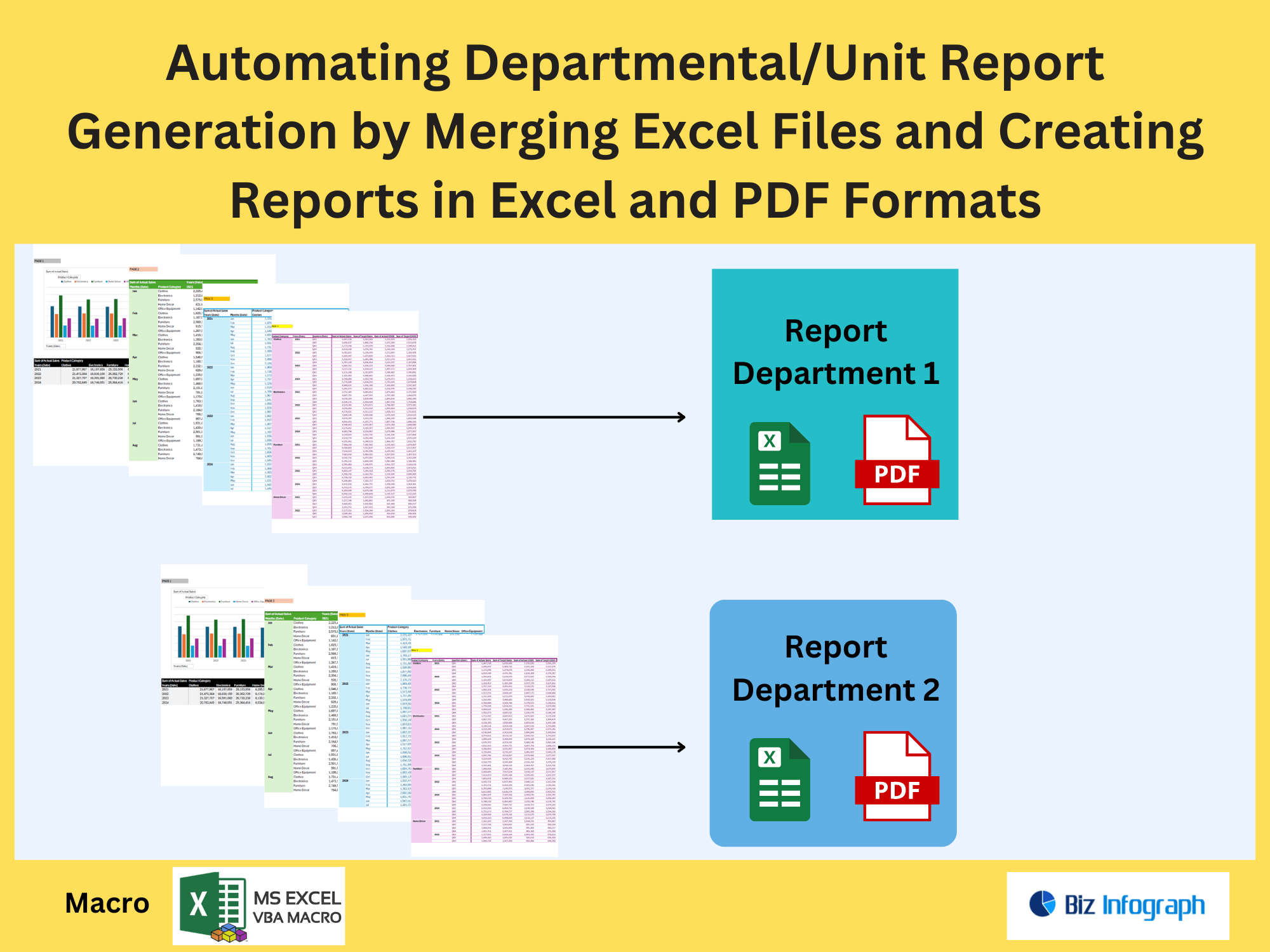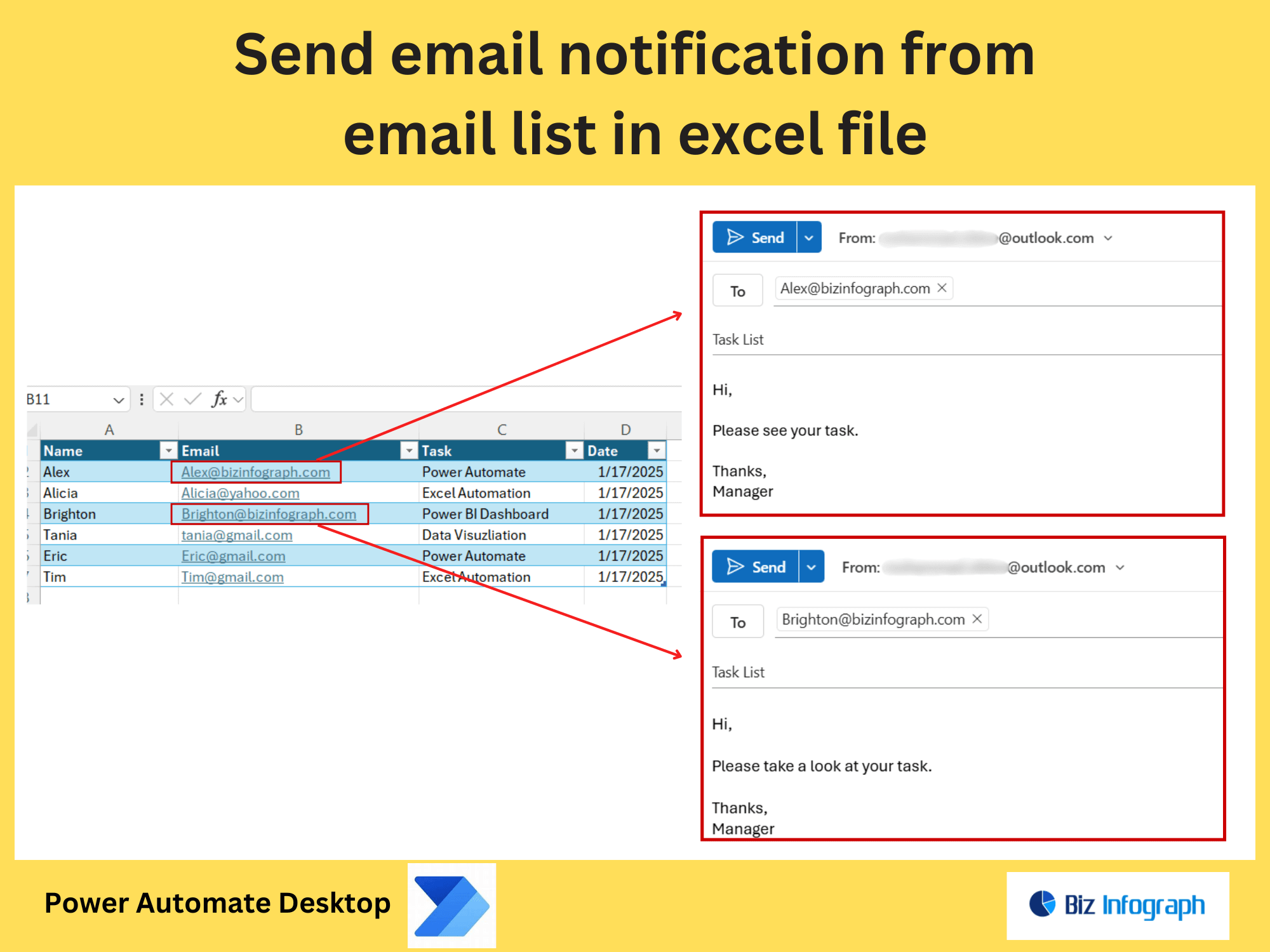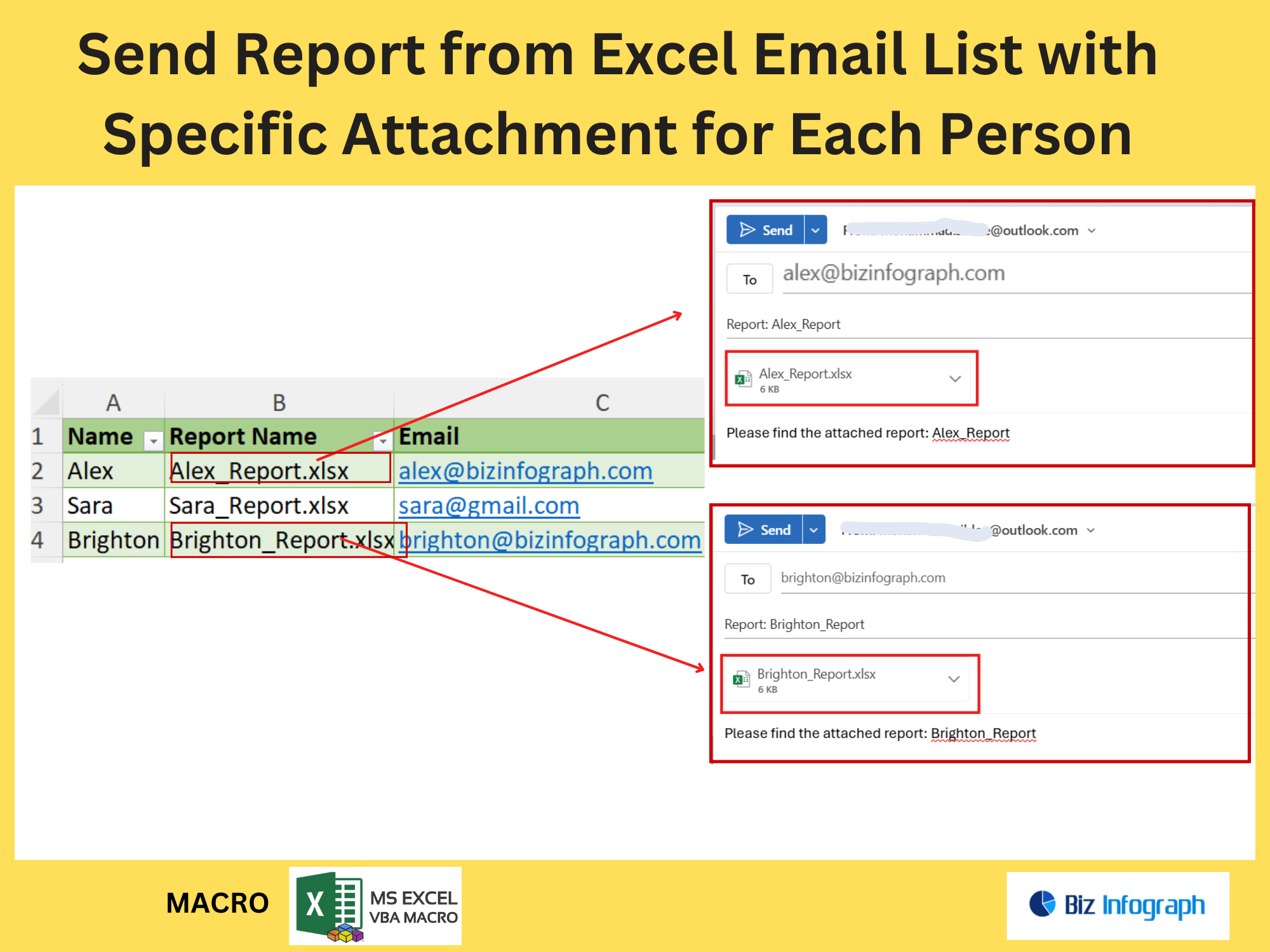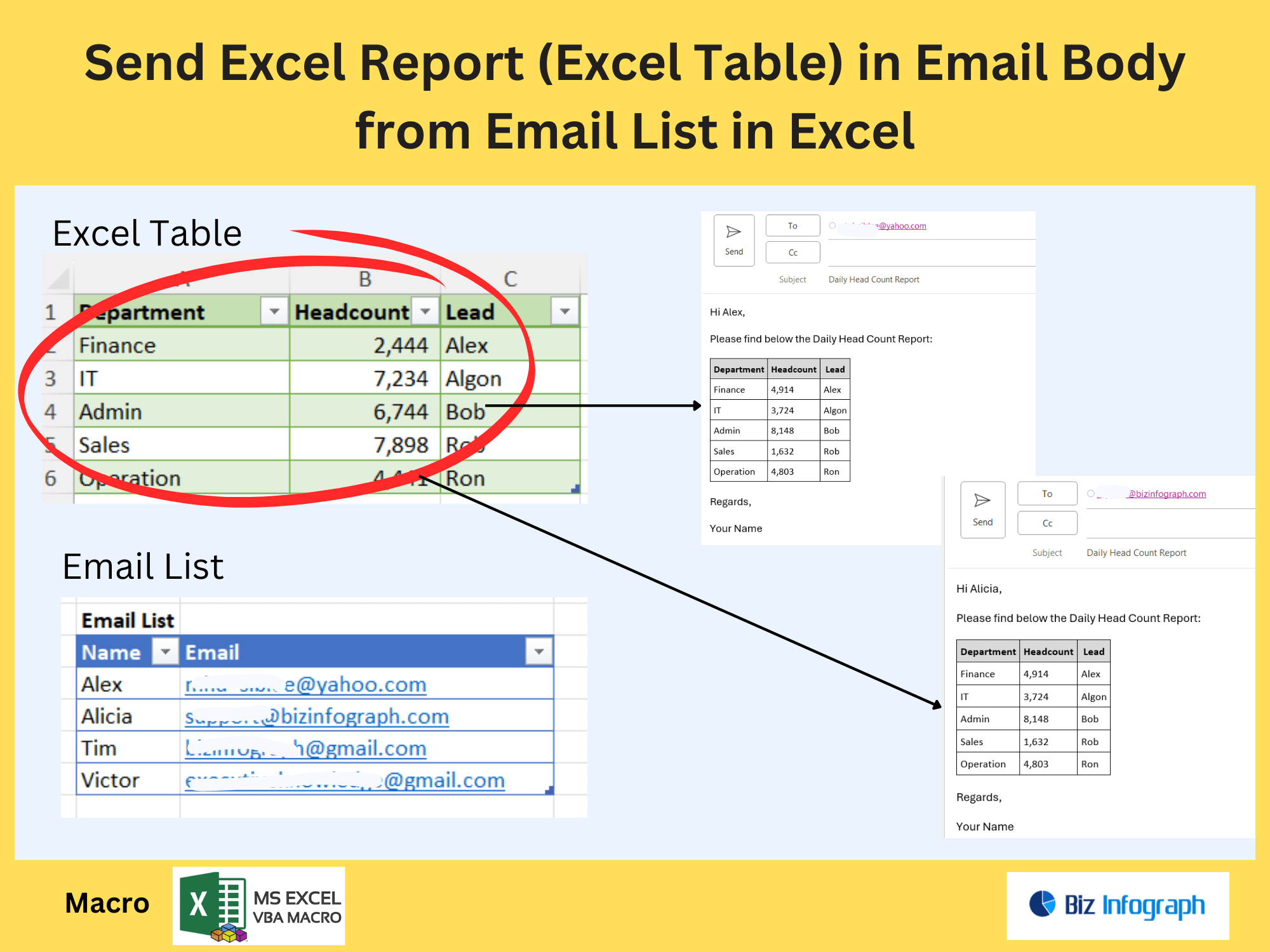Excel Reports to PDFs by Power Automate
Why Automate Excel to PDF Report Generation?
The Need for Consistent Formatting in Automated Reports
Manually converting Excel sheets to PDF often results in inconsistent format, such as misaligned tables, broken charts, or mismatched fonts, especially in complex spreadsheets like financial statements. Power Automate ensures standardized outputs by using predefined templates, preserving branding and compliance requirements. For example, monthly sales reports must retain identical headers, footers, and column widths across departments, which manual processes often fail to achieve reliably.
Benefits of Using Power Automate for PDF Conversion
Automating Excel to PDF conversions eliminates manual errors and accelerates workflows. Power Automate ensures bulk processing of reports, maintains template-driven consistency, and saves outputs to SharePoint for centralized access. This reduces time spent on repetitive tasks, such as converting quarterly financial spreadsheets into client-ready PDFs, while ensuring compliance with corporate branding guidelines.
How to Set Up Automated Excel to PDF Workflows
Configuring Power Automate for Template-Based Conversions
To create a new flow, start by designing an Microsoft Excel template with locked format (e.g., fonts, margins). Use Power Automation to pull data into this template, then convert Excel file to PDF using connectors like Adobe or Plumsail. Configure the workflow to handle dynamic data ranges, ensuring charts and tables adjust without breaking the layout. Save the PDF conversion outputs to a SharePoint folder with automated naming (e.g., Sales_Report_%Month%.pdf).
Integrating SharePoint for Seamless Storage
After converting Excel to PDF, use Power Automate to save files directly to PDF in SharePoint. Set triggers to auto-save reports when source Microsoft Excel files are updated or on a schedule (e.g., end-of-month). This integration ensures stakeholders always access the latest PDF versions without manual uploads, streamlining audit trails and version control.
Step-by-Step Guide to Generate PDF Reports
Creating a New Flow for Report Conversion
-
Download template: Design a standardized Excel sheet with placeholders for dynamic data.
-
Create a new flow in Power Automate to fetch data (e.g., from SQL or CRM) and populate the template.
-
Use PDF conversion actions to generate the final report.
-
Save the PDF to SharePoint with a filename like
Region_West_Q3.pdf.
Validating PDF Outputs and Format Integrity
After conversion, validate PDF files using extracting data tools to ensure tables, charts, and text align with the source Excel file. For example, use Power Automate to extract a table from the PDF and compare it to the original spreadsheet. Log discrepancies in a transcript for troubleshooting, and refine the template to fix recurring issues like truncated columns.
Advanced Techniques and Use Cases
Dynamic Data Handling and Template Customization
Leverage Power Automate to dynamically populate Excel templates with live data (e.g., real-time sales figures). Apply conditional logic to highlight outliers or exclude empty rows. For instance, a budget report template can auto-adject totals based on updated figures before converting to PDF, ensuring accuracy.
Extracting and Verifying Data from Generated PDFs
For compliance, use PDF to Excel using Power actions to reverse-engineer PDF reports back into Excel. This verifies data integrity, such as ensuring invoice totals in the PDF match source spreadsheet calculations. Tools like Adobe’s extract data from PDF connector simplify this process, enabling automated audits.
For ready-to-use Dashboard Templates:
- Financial Dashboards
- Sales Dashboards
- HR Dashboards
- Data Visualization Charts
- Power BI - Biz Infograph
